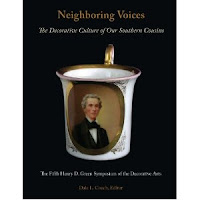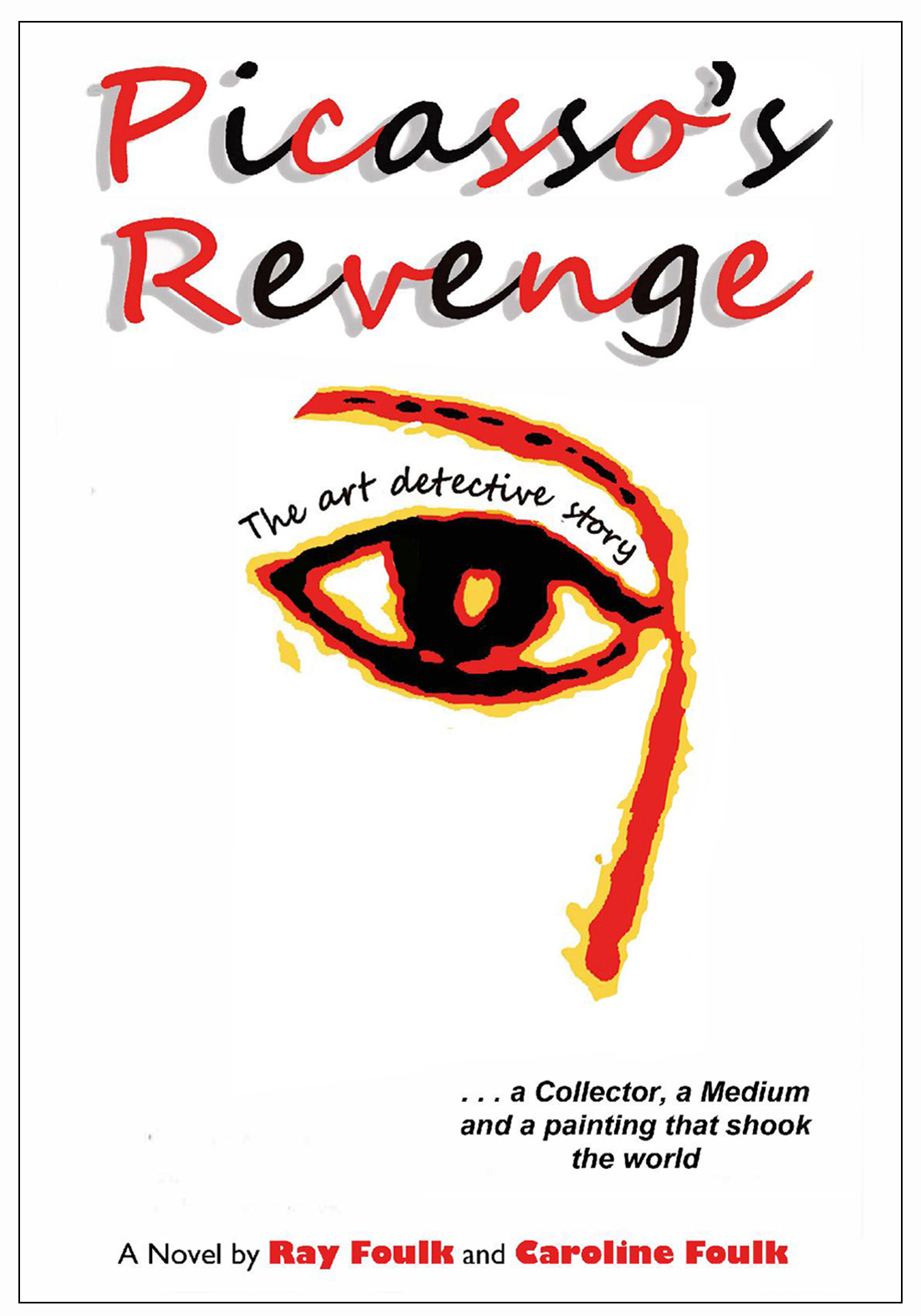Schiffer Publishing Ltd.. 2009. 128p. illus. bibliog. index. ISBN 978-0-7643-3213-5. $24.99
In this generously- illustrated (375 color images) publication, the base of which was formed from the author’s postcard, photograph, and memorabilia collections, Spencer (Ph.D., Computer Science), a renowned educator and writer, who has written over 200 books, many of which pertain to Florida, takes readers on a predominantly visual tour of Sarasota, Bradenton, and their surrounding communities. In the preface and part one of four, Spencer covers the early history of postcards, Florida, and the Sarasota-Bradenton area. In parts two and three, each of which is comprised of three chapters and forms the heart of the book, the author provides overviews of Sarasota and Bradenton as well as showcases their attractions, beaches, bridges, hotels, parks, public buildings, schools, streets, transportation networks, and more. Featured mostly by means of postcard reproductions and their captions, “places to go and things to do,” many of which still exist, include Braden Castle, Bradenton Beach, Cars of Yesterday (now the Sarasota Classic Car Museum), Circus Hall of Fame, De Soto National Memorial, The Gamble Plantation, Marie Selby Botanical Gardens, Ringling Brothers and Barnum & Bailey Circus Winter Quarters, Lido Beach, The John and Mable Ringling Museum of Art, Sarasota High School (the future home of the Sarasota Museum of Art), Sarasota Jungle Gardens, Siesta Key Beach, and the Sunshine Skyway Bridge. In part four, consisting of six very short chapters, averaging three pages each, Spencer sets forth descriptions and images pertaining to nearby communities, not limited to Anna Marie Island, Arcadia, Punta Gorda, Sebring, and Venice. Postcard reproductions are captioned, with their dates and values also noted, thereby making this a valuable resource for collectors. Of interest to general readers, residents, tourists, collectors, and others, this colorful, nicely-presented book, with a bibliography, index, and more, belongs in public and special libraries. Review copy. Availability: Amazon.com, Barnes & Noble.com, Schiffer Books
Saturday, May 5, 2012
Friday, May 4, 2012
Couch, Dale L., ed.. Neighboring Voices: the Decorative Culture of Our Southern Cousins: the Fifth Henry D. Green Symposium of the Decorative Arts, Georgia Museum of Art, Athens, Georgia, January 29-30, 2010.
Georgia Museum of Art, University of Georgia. 2011. 111p. illus. ISBN 978-0-9159-7776-5. $25.00.
Marking the occasion of the Fifth Henry D. Green Symposium of the Decorative Arts, hosted by the Georgia Museum of Art in 2010 in Athens, GA, this generously-illustrated (more than 50 color reproductions) compilation of selected papers and commentaries pertains to the theme of “neighboring voices,” the nexus of the decorative arts and craftsmanship in Georgia and its nearby "southern" states. Nine contributors, including art dealers, curators, independent scholars, museum professionals, university professors, and others, present seven essays on pertinent subjects. In his essay entitled, “Georgia on Our Mind,” Robert A. Leath features decorative arts objects and installations that comprise the collections at the Museum of Early Southern Decorative Arts (MESDA) in Winston-Salem, NC. Carol Crowe Carraco and Linda Crowe Chesnut showcase White Oak Plantation house and its furnishings as they previously existed in Oglethorpe County, GA. Charlotte M. Crabtree discusses the career and works of the Methodist silversmith John Mood (active 1859-1891), who eventually settled in Charleston, SC. Robert Doares and Barbara Wood examine the connections of Haviland porcelain to the Antebellum southern states while Joey J. Brackner sets forth his findings on the influence of Georgians on Alabama folk pottery. Finally, June Lucas presents a recently-discovered, paint-decorated, chest from North Carolina (c. 1850-1860) that bears aesthetic similarities to pieces from the Georgia Piedmont. Dale L. Couch compares the Johnson chest discussed in Lucas’s article to a well-documented, painted Georgia chest (c. 1839) that belonged to Mary Cronic. Filled with colorful photographs, this well- presented book will interest students, scholars, museum professionals, and others. It belongs in large public, special, and academic, research-oriented book collections. Review copy. Availability: Amazon.com, Georgia Museum of Art Shop
Marking the occasion of the Fifth Henry D. Green Symposium of the Decorative Arts, hosted by the Georgia Museum of Art in 2010 in Athens, GA, this generously-illustrated (more than 50 color reproductions) compilation of selected papers and commentaries pertains to the theme of “neighboring voices,” the nexus of the decorative arts and craftsmanship in Georgia and its nearby "southern" states. Nine contributors, including art dealers, curators, independent scholars, museum professionals, university professors, and others, present seven essays on pertinent subjects. In his essay entitled, “Georgia on Our Mind,” Robert A. Leath features decorative arts objects and installations that comprise the collections at the Museum of Early Southern Decorative Arts (MESDA) in Winston-Salem, NC. Carol Crowe Carraco and Linda Crowe Chesnut showcase White Oak Plantation house and its furnishings as they previously existed in Oglethorpe County, GA. Charlotte M. Crabtree discusses the career and works of the Methodist silversmith John Mood (active 1859-1891), who eventually settled in Charleston, SC. Robert Doares and Barbara Wood examine the connections of Haviland porcelain to the Antebellum southern states while Joey J. Brackner sets forth his findings on the influence of Georgians on Alabama folk pottery. Finally, June Lucas presents a recently-discovered, paint-decorated, chest from North Carolina (c. 1850-1860) that bears aesthetic similarities to pieces from the Georgia Piedmont. Dale L. Couch compares the Johnson chest discussed in Lucas’s article to a well-documented, painted Georgia chest (c. 1839) that belonged to Mary Cronic. Filled with colorful photographs, this well- presented book will interest students, scholars, museum professionals, and others. It belongs in large public, special, and academic, research-oriented book collections. Review copy. Availability: Amazon.com, Georgia Museum of Art Shop
Subscribe to:
Posts (Atom)
















